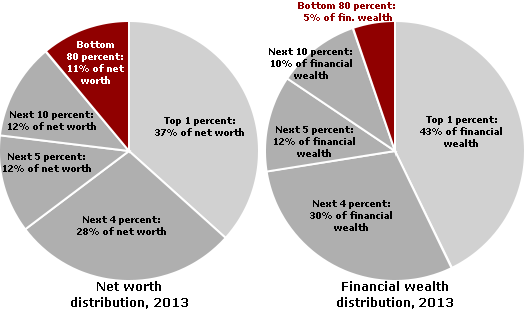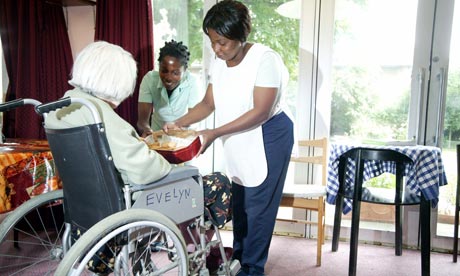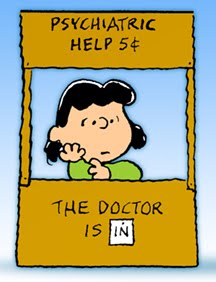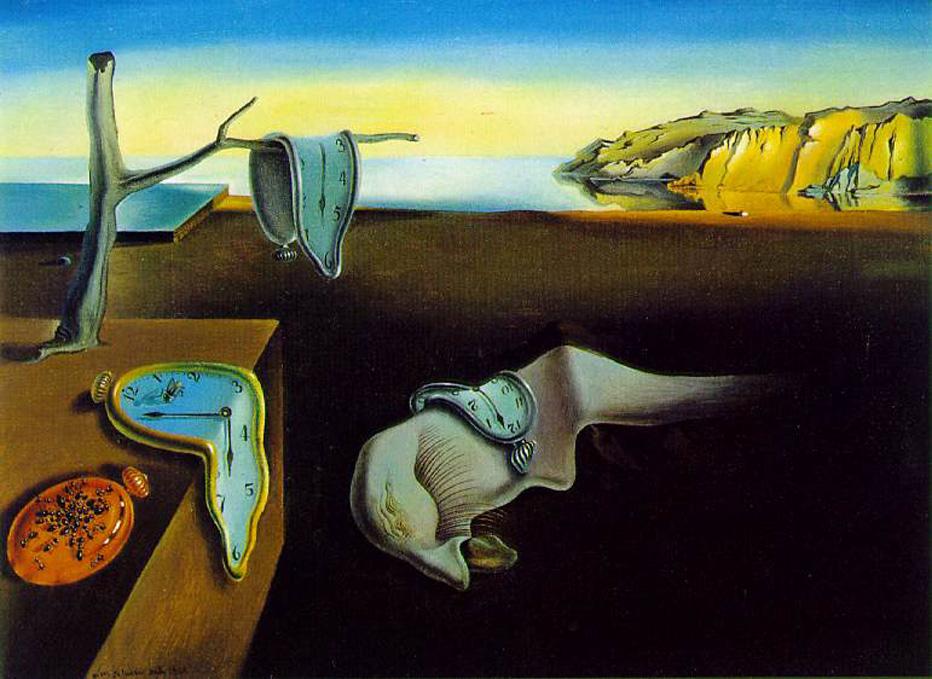For the following few days, I will be journaling my experience in preparing for and securing my new lens.
I foolishly watch a video of my very own doctor performing cataract surgery. I know two people who have had their cataracts taken out by him, and 100% of my small sample is very pleased. The literature is only positive about cataract surgery. Only positive outcomes for the large majority of patients, and I’ve been told that I am a candidate for a perfect outcome. Watching the video is both fascinating and terrifying. Think Clockwork Orange-scary, when a “probe” – aka small knife – goes into the eye, with viscous liquid shifting about as a new foreign object is ultimately inserted. I am thankful for the drugs that will blunt my fears and make this an “uneventful” experience, maybe even a happy one. We shall see.
Meanwhile, I’m thinking of new names for my eye. At the moment, since I’ve opted for a lens that will give me terrific long-range vision, I like the name, “eagle eye”.
This morning, I feel sad, and cannot figure out why. Nothing is feeling right, and then my partner suggests that it may have something to do with the surgery. Can that be? Early buyer’s remorse? By the end of the day, I am totally fine.
Day 4: THE DAY
Getting up at 5:30 a.m. is an adventure. I’m scheduled to arrive at the doctor’s office at 7:00 a.m. and I am exactly on time. The instructions were “no food after midnight”. Check. And “only clear liquid until 5:00 a.m.” Easy-peasy. But somehow when I get on the subway to go downtown for the appointment, the stomach rebels and screams, “feed me”. Once settled in at the office, I discover a stream-lined system in which patients are taken from the outer mahogany-finished office into a sterile-looking clinical area, where around eight of us are seated in comfortable chairs that recline just a bit, but are soon to become operating tables that lay flat. One-by-one, our vitals are taken by kind and efficient nurses. It turns out that my cousin’s cousin is one of the nurses, and she looks out for me, telling everyone “you gotta treat her right”!. The banter is reassuring, but I can’t imagine that if I didn’t have that connection, I would be treated “wrong!”
One by one, we are hooked up to an IV, and fairly quickly taken to the next way station, a private space separated from the masses by curtains, where an anesthesiologist comes in and asks a few questions. This is where things get a little hazy, because a combination of valium and pain medicine kicks in. I am now officially happy! I’ve read that during the surgery, the patient might see bright colors, but instead I am covered by a lovely, white, silk-like shawl that seems to wave throughout the surgery, as I look up at it in fascination. I see no nasty probes, although at one point, I do hear the whirring of a machine. I harken back to the &%* video I had watched, with my doctor performing this exact surgery, and I think I know what’s happening to me too. But la-la land takes over and I really don’t care.
Soon, I am whisked back to the original clinical room, but this time, I am wheeled over to the other side of the room, where I sit with a patch on my eye – pirate-style – and “recuperate”. Nurses offer me packaged muffins or packaged peanut butter crackers and juice. By now it’s a veritable party! I watch other discharged patients walk out with a kind nurse holding their arm, and I am waiting for my special departure, but when am told I can leave, no one hops to my side. I hope that’s a good sign that I look capable and I prepare to exit. Standing up slowly, I start to wonder if it’s a good idea, but discover that my legs do, indeed, still work.
The final station is back at the start where people sit in the mahogany-finished room, all patched up and waiting for their rides. I chat with a guy who runs a trucking business. We talk about work stuff, because I know someone who did this thing called "network mapping" for the trucking industry. The brain is functioning, albeit with a patched eye.
Later in the day: THE REVEAL
After getting home, I putter around, navigating the world with my left eye, which is what I’ve been doing for a year or so anyway. Not much is different, except that I’m a lot more mellow than usual. Valium will do that. Finally, at noon, I am ready for the “big reveal”, when I take off my patch and wah-lah, the universe will come into focus! My daughter calls and I decide to video-tape the event with her on the phone. Slowly, I pull off the patch and gradually open my right eye. But instead of clarity, the universe is double-visioned and blurry. I momentarily forget the large caps on my discharge papers that say, “DOUBLE VISION OR TILTED VISION IS COMMON WHEN YOU FIRST REMOVE THE PATCH”. The video captures my restrained panic, as I say, slowly, “Wow, this is really weird!” I re-read the discharge papers, after an unnecessary call to the doctor’s office. The reassuring nurse on the other end of the phone manages not to sigh and tell me, “read the g-d paper”, and I’m grateful. Several hours later, as the temporary (and agreeable) mellow is fading, the universe is finally coming into focus.
The rest of the healing is pretty straight-forward. A follow-up appointment tomorrow, and a bunch of eye drops. A few things to pay attention to for the next 24 hours: no sleeping on the side of the operation, no bending from the waist or lifting anything over 10 lbs, and no getting the eye wet. But that’s only half the glass. It’s fine to work, to read a good book, to walk around the pond, to watch a great (or crappy) video, and eat ice cream and talk on the phone with friends and family and more…
Day 5: The morning after…
I open my eyes and I am, indeed “eagle-eyed”. All right, just in one eye, but alas, there is one eye with vision that is crystal clear. It is bizarre. It is fun. It is unbelievable. Mission accomplished.
Day 6: Follow-up visit
When I return the next day for a follow-up, I re-meet my trucking biz friend, and he looks about 10 years younger, post-surgery. I’m not sure why, but maybe it’s that surgery, even minor surgery, can make a person more vulnerable, and that shows. We are joined by three others who also had their surgery the day before, and I learn that the doctor performed 55 such surgeries in one day. Multiply that times a week, times a year, times all the other doctors’ offices where these surgeries are performed, and you have a veritable stadium full of new eyes.
How fascinating that we can improve the quality of our lives, even in this simple way, as we live longer. Just a few decades ago, when people had their cataracts removed, they were not supplanted with sharp lenses that improved their vision. Instead, they wore “coke-bottle” glasses that were clumsy, unwieldy and distinctive. A tell-tale sign of age. And probably in another few decades, this seemingly simple exercise in vision improvement will be even further improved. Now we can replace body parts – new eyes, hips and knees – that make our bodies hybrids. A 17-year-old eye or a 20-year-old hip or knee matched with a 50- or 60-year-old brain. The adage that we are all the ages we have been becomes even more powerful…
As Betty Davis once said (and I paraphrase), “old age is no place for sissies”…











































